The lagoons of Venice have an incredible mix of natural beauty and historical charm. Discover the unique island of Burano. The island is known for its colourful houses and exquisite handmade lace. After visiting Burano go to Murano. This island is renowned for its glassblowing arts and Glass Museum. Seek solace on Torcello which is the home to the ancient Basilica di Santa Maria Assunta. Beach enthusiasts can find sanctuary on Lido. Each destination offers a unique window into the rich cultural history and natural splendour of the lagoons. Explore the highlights of the Venetian lagoons.

Table of Contents
History of the lagoon
The first records of Venice’s lagoons date back thousands of years. Historians believe that Venetian settlements first began on the nearby mainland. With the onset of the Roman Empire inhabitants were forced to flee their settlements and move towards the safer areas of the coast. This migration set the stage for the birth of the Venetian lagoons’ unique topography. Which is characterized by shallow saltwater bays linked by natural narrow inlets and sandbars.
The 9th century
In the early 9th century AD Venetians started to develop and utilize the resources found in the lagoons. They began dredging the silt from the lagoon floors and used it as a foundation for many of Venice’s state buildings, roads and piazzas. Venetians also introduced fish farming in the lagoons. This was important in the region’s diets and also led to new ways of cooking and enjoying seafood in the Venetian culture.
Renaissance architecture
The lagoons in Venice were crucial in arguments with neighbouring cities and states. They used them as a barrier to frighten off invasions and protect their territories. During the Middle Ages and the Renaissance period the lagoons also played an important role in trading. The small boats navigated the shallow waters with admirable ease. The lagoons enabled Venetian merchants and traders to establish a network of supports throughout the Mediterranean. It allowed them to expand their trade capabilities making Venice one of the most significant trading powers in the world.
The 18th and 19th century
During the 18th and 19th centuries the gradual collection of silt was a significant threat to Venice’s lagoons. The silt was causing a decrease in depth. In the 19th century an initiative was launched to reclaim the lagoons. The Italian government introduced engineering techniques such as the construction of canals that controlled the flow of ocean currents. This helped to balance saltwater levels and preserve the lagoons’ natural habitats. The success of these interventions helped preserve the lagoons until today.

Lido
Lido Island has a fascinating history beginning with the fact that it’s actually a sandbar that has grown over time. In the 19th century wealthy Venetians began to build elegant villas and mansions on the island. Lido was almost purely a resort area during this time with only a handful of local fishermen and farmers living there. The island quickly became a hotspot for the rich and famous. Many famous writers, politicians and artists began to visit and purchase property on Lido.
Hotel Execelsior Venice
One of the most famous landmarks on Lido Island is the Hotel Excelsior Venice. The hotel opened in 1908 and has hosted notable figures such as Orson Welles and Woody Allen. During World War II, the hotel was repurposed as a hospital. The island was also used as a military base during the war. The German and American armies were occupying different parts of the island during different periods.
Lido Island is now known for hosting the famous annual Venice International Film Festival. It is held at the historic Palazzo del Cinema which is inaugurated in 1932. The festival is the oldest film festival in the world. It’s also home to the Venice Casino, which operates in a stunning Art Nouveau building.
Beaches
One of the highlights of the Venetian lagoons is to visit the beaches of Lido. The beaches are a popular spot for locals and tourists, especially during the summer months. The island has a wide selection of beaches. Including the more family-friendly Alberoni Beach and the more exclusive Blue Moon beach. Lido Island offers a range of watersports, from kayaking and windsurfing to parasailing and wakeboarding.
Lido Island has many restaurants and cafes. Be sure to try the local dishes like fegato alla veneziana, which is sautéed calf liver with onions. Or sarde in saor, which is fried sardines with a sweet-and-sour sauce. Grab some gelato or an espresso and enjoy the views while exploring all that Lido Island has to offer.
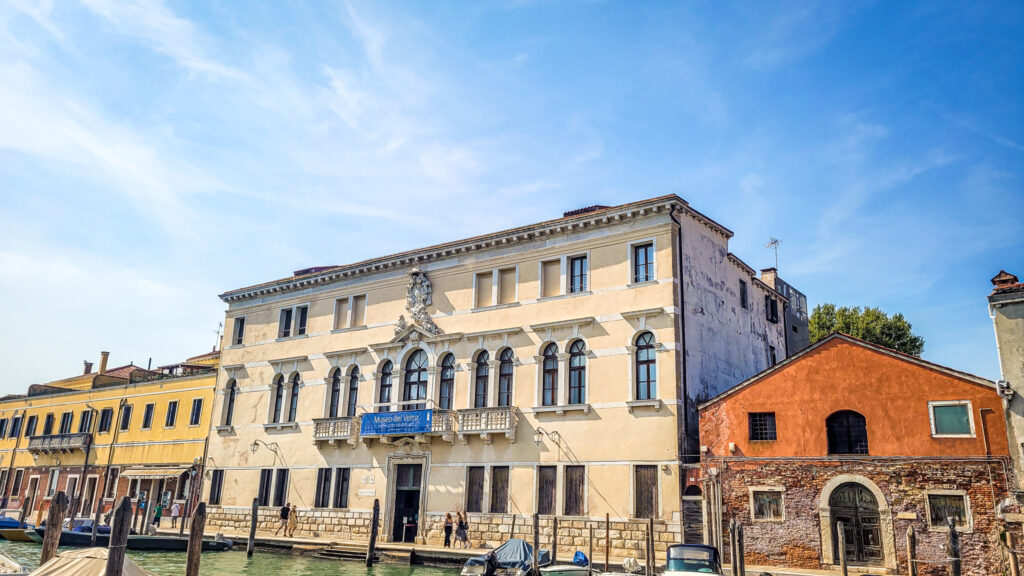
Murano
Murano Island’s history begins in the 5th century. The island was initially settled by refugees fleeing from the mainland. Its location as a coastal island in the Adriatic Sea made it an essential port with its inhabitants quickly establishing themselves as skilled boat builders and sailors. In the 8th century the island became a valuable military base. Their forts played a crucial role in safeguarding the Republic of Venice from potential attacks.
Tradition of glassmaking
The island’s prosperity persisted. By the 14th century Murano’s glassmaking tradition was born. Its glasswork quickly earnt international recognition with Venetian glass becoming highly sought-after across Europe. The glassblowers of Murano were so crucial to Venice’s economy that they were forbidden from leaving the city and under penalty of imprisonment or even death.
The island has also seen its fair share of misfortune. In 1291 a devastating fire destroyed Murano’s wooden buildings and the tiny chapel of St Peter. A new era of architecture began when architects developed stone buildings that still stand today.
Majolica
During the Renaissance great artists came to Murano. They were drawn from Venice by the island’s reputation for an abundance of light and colour. Religious artwork created here became especially notable with the island’s masters renowned for their polychrome ‘majolica’: ceramic tiles used to decorate buildings and churches.
By the 18th century Murano’s importance had largely declined. The glassblowers began losing their monopoly on Venetian glass production. Although its glass industry had a revival in the 20th century the island lost it’s trust in traditional production methods.
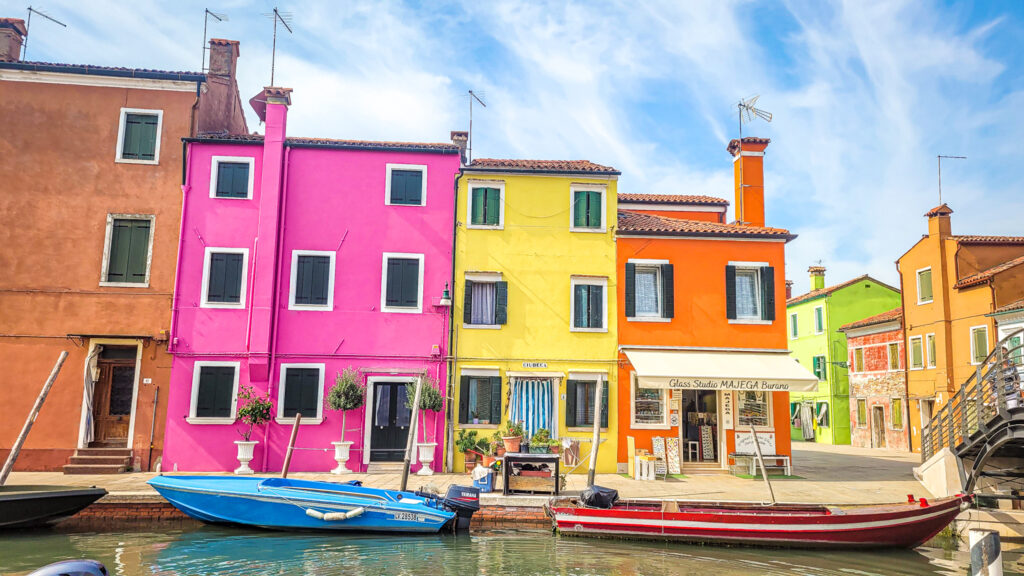
Torcello
One of highlights of the Venetian lagoons is Torcello. This island was founded in the 5th century following the fall of the Western Roman Empire. The island became a hub of trade and a major city in the Venetian lagoon. Today the island is a peaceful location with less than 20 residents.
Architecture highlights
When you reach the island you will be struck by the beautiful Byzantine-style buildings lined up in the island’s central square. The main attraction point is the Cathedral di Santa Maria Assunta. The cathedral is one of the oldest cathedrals in the Venetian Lagoon. This impressive church has stunning mosaics and a magnificent altar. It is an exceptional example of Byzantine artwork. You can also discover the Church of Santa Fosca. The church dates back to the 12th century. It features a unique circular design and its façade is a blend of Renaissance and Gothic style.
The island’s past is visible in the ancient ruins and palazzi that have survived to this day. The most prominent of these is the Palazzo del Consiglio which served as the island’s town hall and courthouse. You can climb to the top and enjoy a breathtaking view of the island. The Attila Throne on the island is believed to have been the legendary throne of King Attila, the leader of the Huns during the fifth century. The throne is now exhibited in the Island’s Museo Archeologico.
Idyllic landscape
Apart from the magnificent architecture and rich culture the island is renowned for its lush greenery and tranquil landscape. It is perfect for a romantic gateway or a peaceful retreat away from the city’s hustle and bustle. The island is filled with small paths and quiet lanes that make it suitable for an idyllic walk or a bike ride. As you wander through the island you’ll find several small vineyards and farms that have remained untouched for centuries. You can sample the local produce at one of the small trattoria that offers traditional Venetian cuisine.
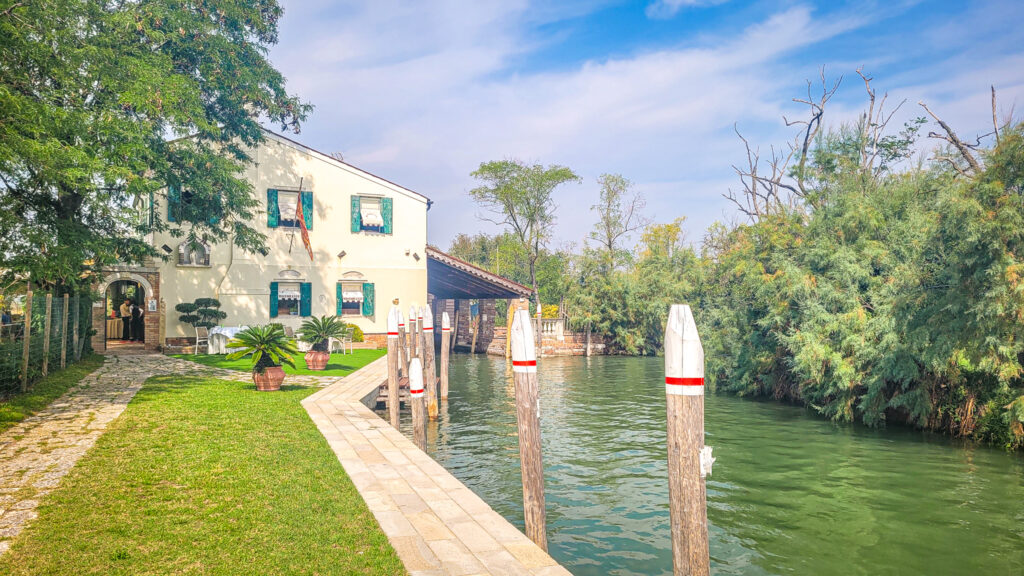
Burano
Burano Island is just a short boat ride from the city of Venice. It’s known for its brightly painted houses. They were originally painted in the same colours to help fishermen find their way home in the fog. In the 16th century the government of Venice ordered the houses to be painted in different colours as a way of distinguishing one house from another. Burano’s colourful houses are a major tourist attraction, attracting thousands of visitors each year to witness their beauty.
History dating back to the Roman Empire
Burano Island has a rich history that dates back to the Roman Empire. The island is particularly known for its lace-making industry which has been a source of great pride for the islanders. The delicate Burano lace is made by hand by local artisans and is considered some of the finest in the world. In the past the lace was only worn by nobility. Today it’s a fashion statement worn by everyone around the world.
The island of Burano is home to the famous leaning bell tower of San Martino Church. The tower is 53 meters tall and leans more than the bell tower in Pisa. It’s said that the tower started leaning due to the soft soil on which it was built. The tower’s tilt has been stabilized ensuring that it remains a beloved sight on the island.
The art of lacemaking
Burano Island is not just about architecture and lace-making. it’s also a place of great cultural significance. The island has a strong tradition of celebrating festivals and events. One such event is the Burano Regata. The event takes place annually on the first Sunday in September. The Regata features rowing competitions and a boat parade that showcases the traditional fishing boats of the island. The festival is a celebration of the rich fishing heritage of Burano.

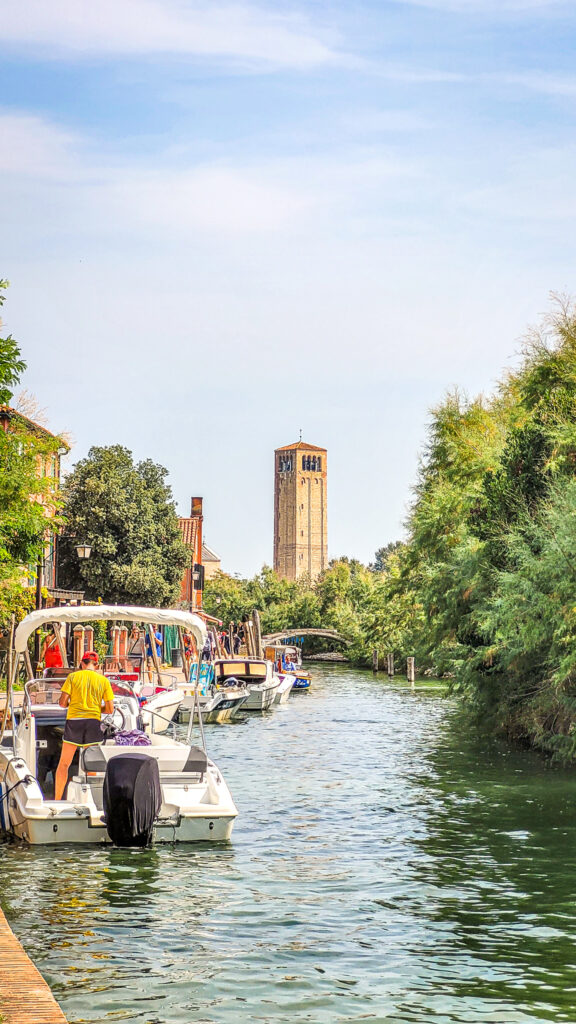
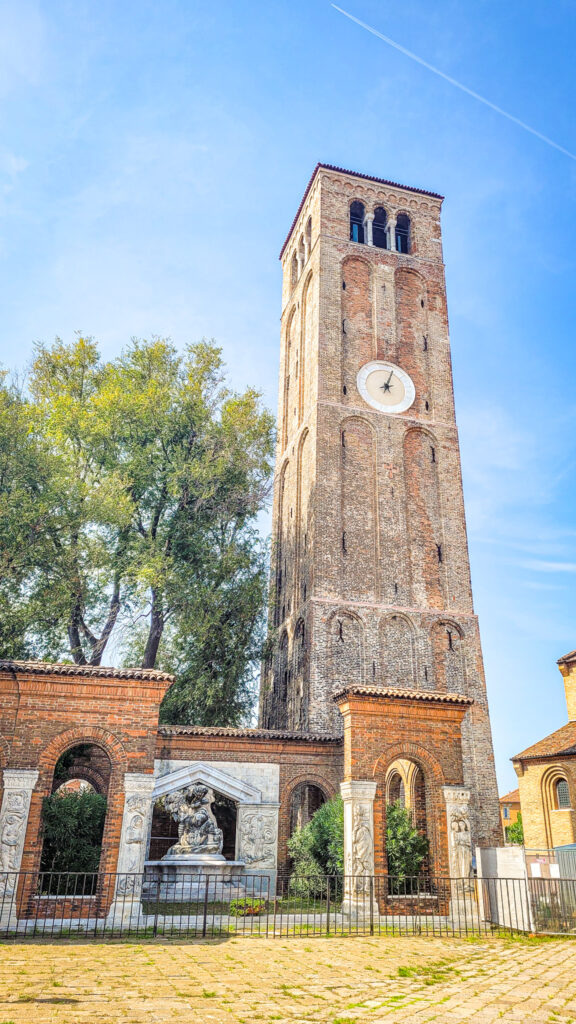
Monumental highlights in Italy
Come and explore the irresistible charm of Italy’s rich historical sites! Take a journey through the monumental highlights of Bologna, one of the most underrated cities in the country. Its history dates back to the Renaissance period, offering an unforgettable cultural and historical experience. And let’s not forget about Modena, a hidden gem where you can escape the crowds and indulge in its unique allure.
When in Rome, you have an incredible opportunity to delve into the captivating history of the Roman Empire. Florence is the capital of Tuscany. Let me tell you, it’s one of the most fascinating destinations in Italy! You’ve got art, architecture, and history all bundled up in this magnificent city. Have you heard about the stunning Duomo and the amazing art collection at the Uffizi Gallery? Trust me, there’s so much to see and explore! In my latest blog post, I’ll be your guide to the most monumental highlights you shouldn’t miss in Florence. Let’s dive in!
And if you fancy a scenic hike with breathtaking views of pristine blue waters, Cinque Terre is the place to be! Discover its history, architecture and culture of this natural wonder in Italy.
Discover the charm of Pisa, Italy. The city is famous for the iconic Leaning Tower. Explore the best monumental highlights and immerse yourself in unique architectural masterpieces, fascinating history, and local culture. Plan your trip to Pisa and make unforgettable memories!
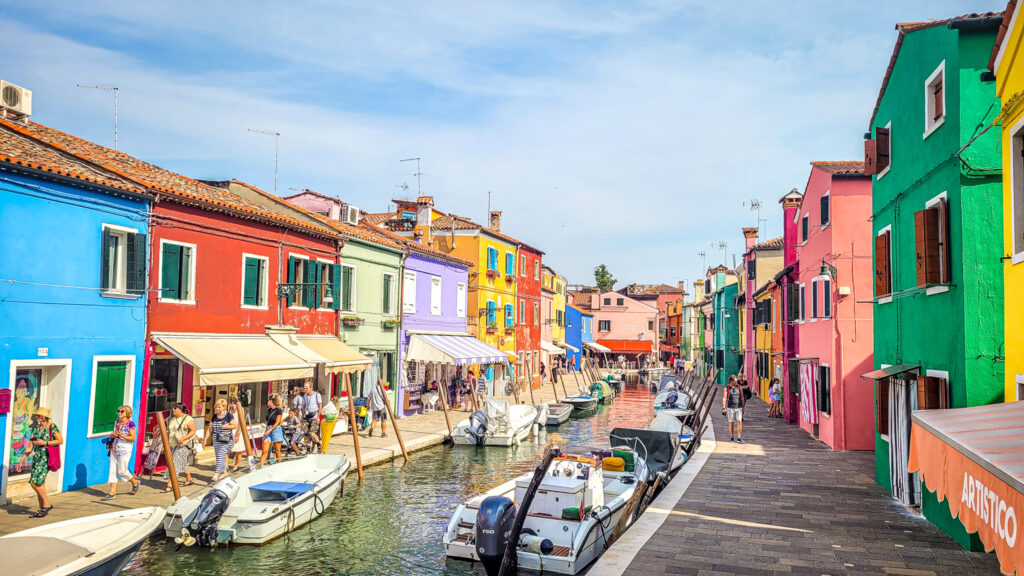

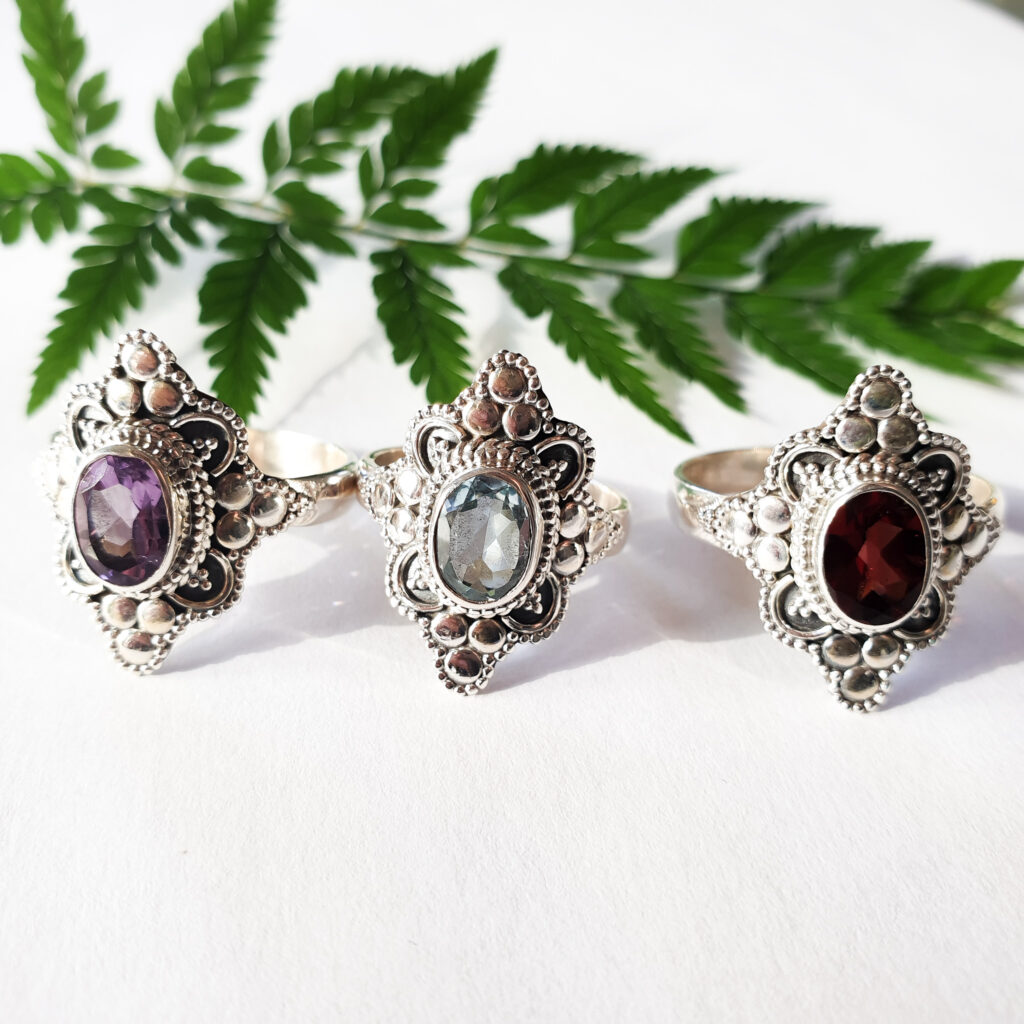
This Post Has 2 Comments
Mooi en interessant artikel. Petje af👍
Dank je wel mama.